148 CD / Mozart: Klaviertrios KV 10-15, Divertimento KV 254
Description
The six piano trios KV 10 – 15 seemed to be only clumsy attempts of the little Mozart to many people up to now. The Abegg Trio using historical instruments opens the unexpected big world of the wunderkind. Sometimes you feel like sitting in a garden with thousands of wondrous, fabulous toys. Mozart tries out everything. He is never boring, often funny. Each new movement he knows more. He plays in the meadow of possibilities that it’s a pure joy following him. It is not necessary to ask for maturity. Either these pieces are „mature“ or it is delectable to see the growing mastership. The Abegg Trio demonstrates once more his ability of intelligent program selection and witty and subtle performance. – Coproduction with DeutschlandRadio.
8 reviews for 148 CD / Mozart: Klaviertrios KV 10-15, Divertimento KV 254
You must be logged in to post a review.
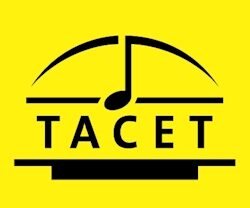

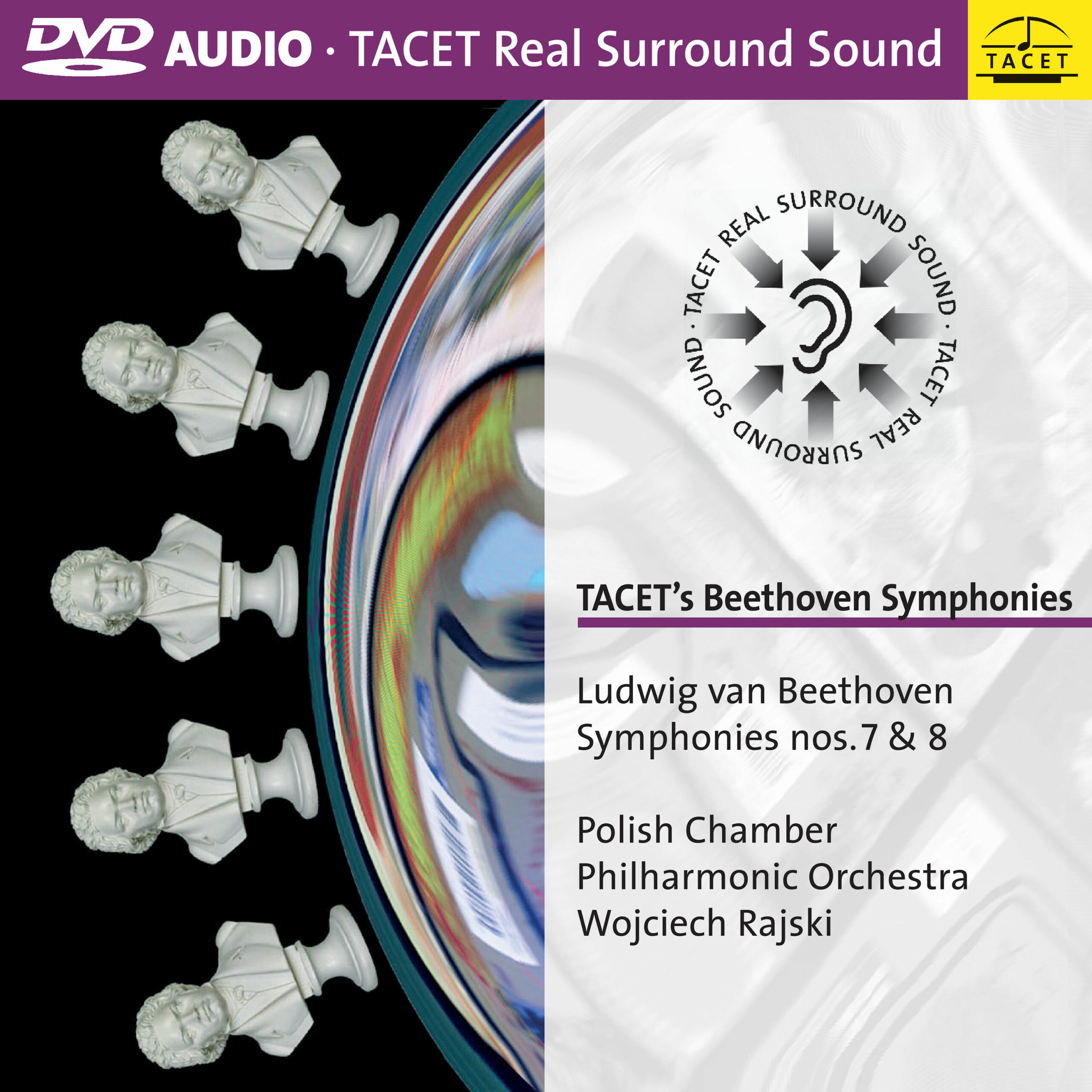
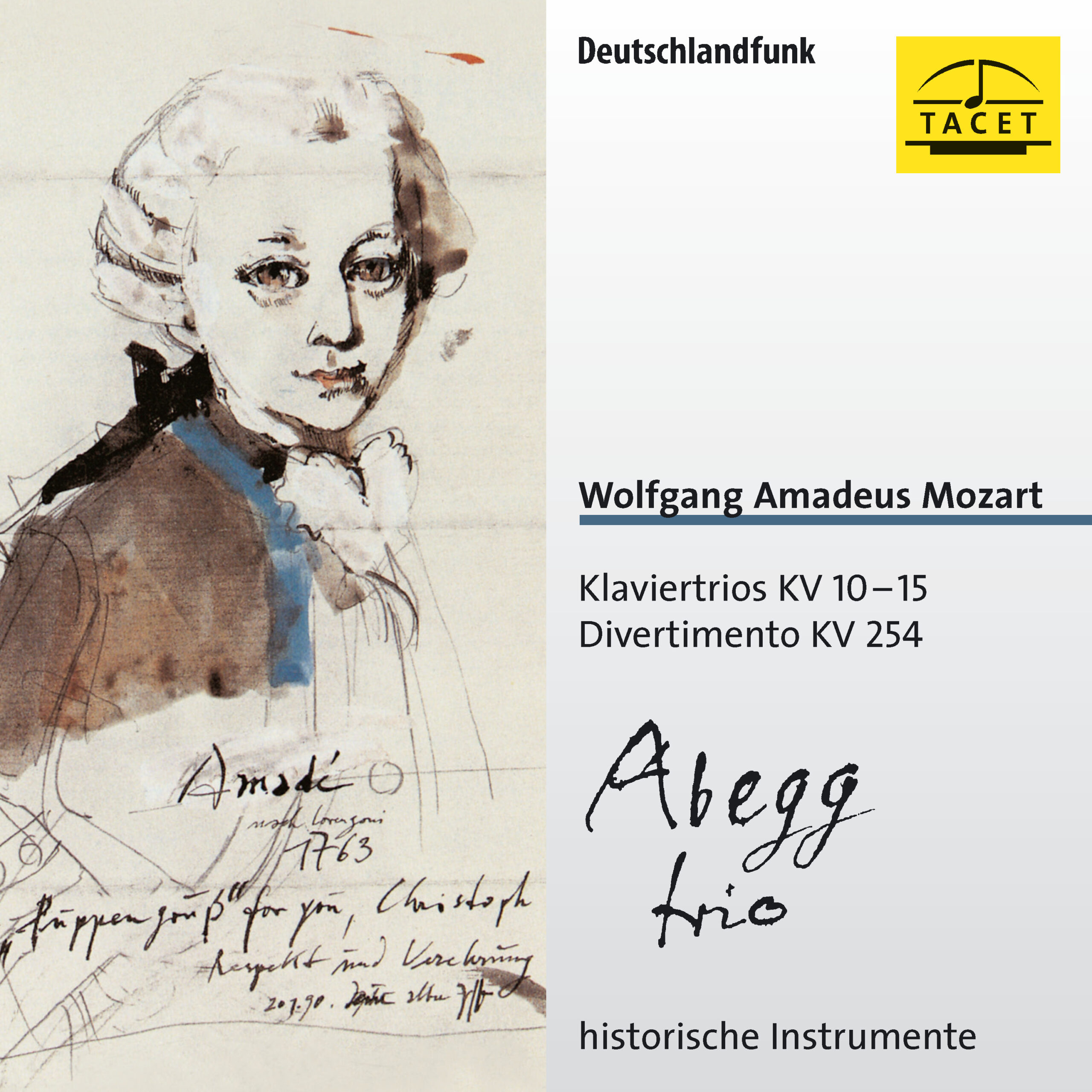
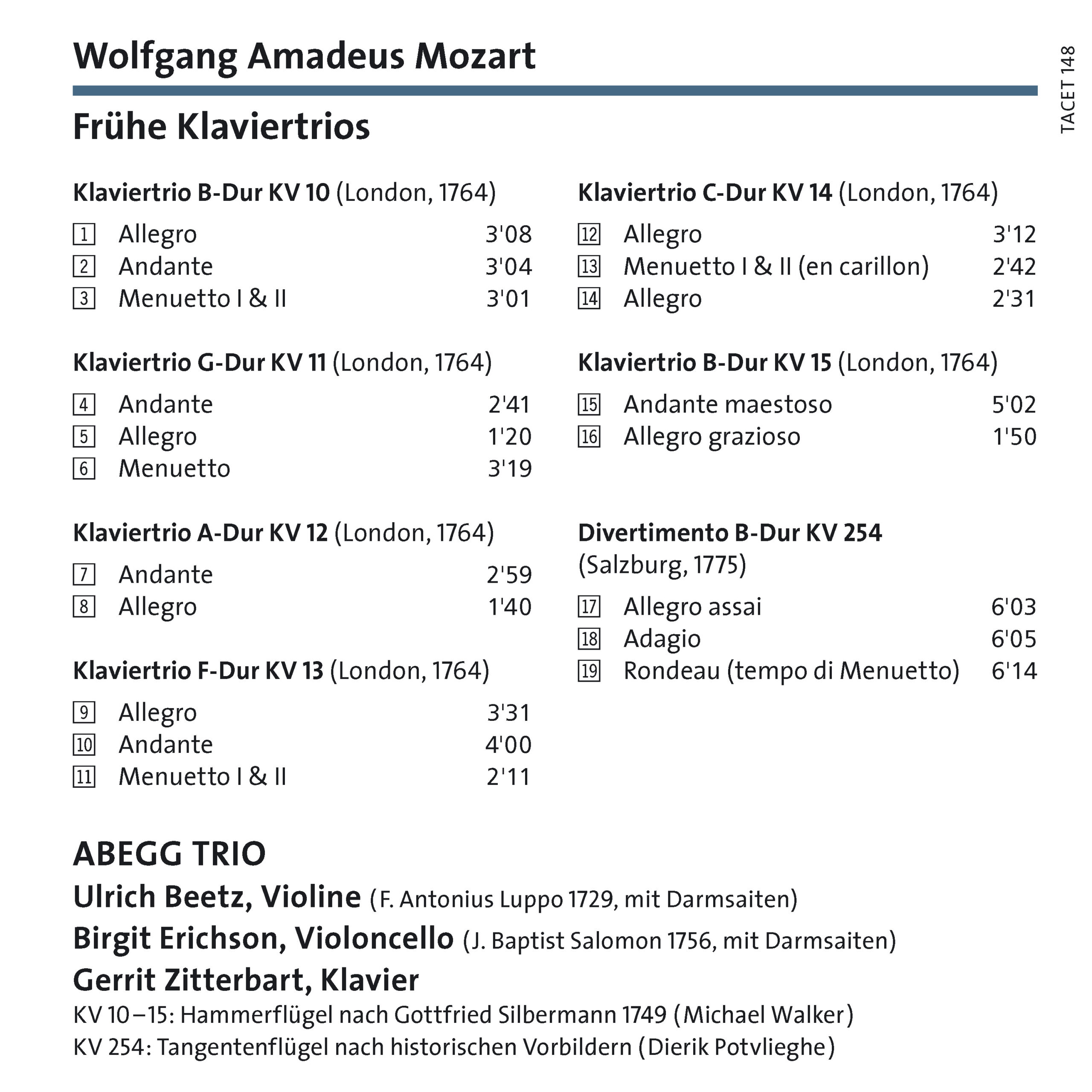

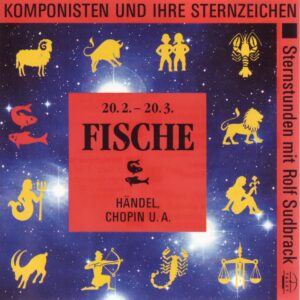
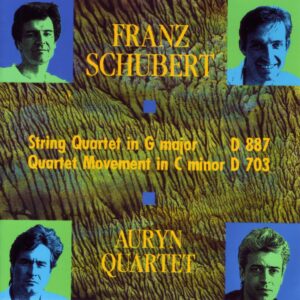
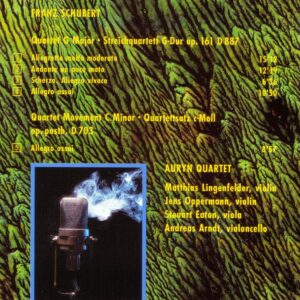

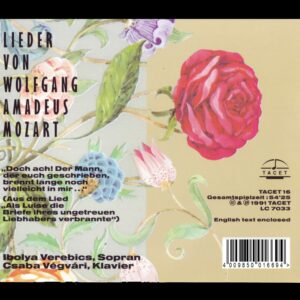
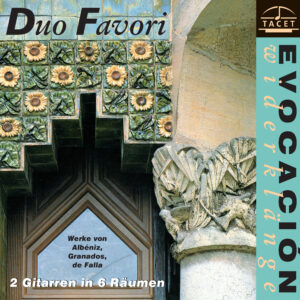
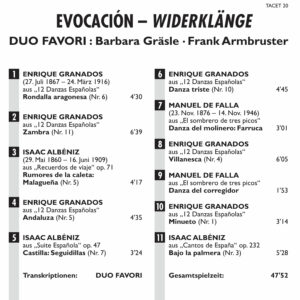
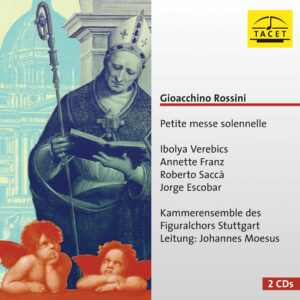
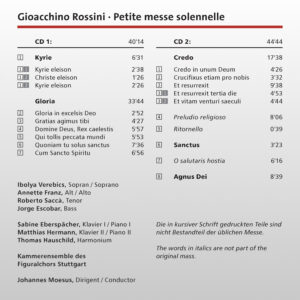

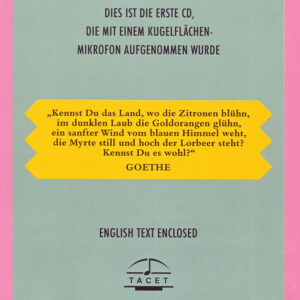
Fanfare-Magazin –
Since its founding in 1976, the Abegg Trio can already look back on a 30-year career. It shows us that through the search for constant originality and innovation, a piano trio can still remain daringly fresh.
Although these works are the first exploring steps of a young genius, they already contain much of Mozart’s later responsive spirit. And the Abeggs’ approach to Mozart’s earliest chamber music is significant. The Abegg Trio is a very flexible ensemble, its members adapt themselves to the authentic world of Mozart’s music.
This set of early piano trios was not included in any complete trios set. They were meant primarily as piano sonatas. Accompaniment of a violin or a flute appeared in the first edition of the score, and was later extended with an optional cello in the second edition. For this occasion, violinist Ulrich Beetz and cellist Birgit Erichson have chosen to play on gut strings. Pianist Gerrit Zitterbart plays on a 1749 Silbermann Hammerflügel, an instrument with a particularly refined and suitable sound. For the Divertimento in B, K 254 (the only mature work on this disc), Zitterbart plays on a tangent piano.
Generally, the natural flow of this music should be kept simple and uncomplicated. That’s exactly what the Abegg Trio has understood; they transmit these little gems with spontaneity and wit. Both string-players are well aware that their parts are mainly for coloring. Their care for balance is very refined and proves that they understand the art of ensemble playing very well. Intonation is not an issue here; it is flawless, with impeccable precision. The detailed care for subtle phrasing they give is something I especially adored.
The sound of this recording is fine, albeit a little chilly and over-reverberant. It’s my opinion that Mozart’s early music should sound more intimate and warm. But it’s still good enough that I thoroughly enjoyed these performances. Reference recordings are hard to find, if not impossible. On my quest in shops and second-hand stores, I was unable to find anything with which to compare these specific recordings. The Philips complete edition contains the early trios only in their original form as piano sonatas, accompanied by violin. These are performed by Gerard Poulet and Blandine Verlet—fine and reliable performances, although a bit outdated by now. The divertimento K 254 is a lot easier to compare; fresh in our memory is the elusive performance of the Florestan Trio, available on Hyperion - hard to beat, especially with superior sound quality and transparent playing.
This release of some rarely recorded Mozart is a real keeper. Mozart completists, looking for an original addition to their collection, should certainly have this one on their shelf. Bravo, Tacet!
Bart Verhaeghe
image hifi –
The Abegg Trio is consistently committed to using historical instruments. It has now recorded piano trios by the eight-year-old Mozart (K. 10–15). Ulrich Beetz plays a violin by Luppo (1729), Birgit Erichson a Salomon cello (1756) with gut strings and a low bass bar, and Gerrit Zitterbart uses a fortepiano, switching to a tangent piano for the much later Divertimento K. 254. The pianist in particular benefits—he can, and indeed may, strike the keys with real vigor. The fact that no one has to tiptoe through the notes is clearly to the advantage of these early trios, which until now have never been included in any complete recording. They resist a meticulous, restrained interpretation and thrive on playfulness and zest for performance. The Abegg Trio has both in abundance! One is almost tempted to say that here the music-making bursts forth with delightful freshness—if that didn’t, first, sound like a worn-out phrase and, second, overlook the fact that the Abegg Trio had already given the matter careful thought beforehand, namely in its choice of historical instruments.
Heinz Gelking
Classica –
Mozart’s keyboard sonatas with violin K. 70–75, with ad libitum cello, are presented in their trio version by the Abegg Trio.
The Abegg Trio presents these early works in an unusual yet sonically appealing instrumentation. While the addition of the cello does not necessarily bring a profound enrichment to the quality of these youthful compositions, the ensemble’s compelling performance and its perfect instrumental balance make this recording something truly special.
The rhythmic precision and clarity of articulation are exemplary, and the ensemble’s committed playing lends these pieces more weight than one might expect from such early works. Particularly outstanding is the Trio K. 254 (Divertimento): here a tangent piano is used, giving the sound a crystalline transparency. The balanced ensemble, exemplary clarity of expression, and the trio’s assured artistry are thoroughly convincing.
An album for the curious listener – but those who take the plunge will be richly rewarded.
Antoine Mignon
_______________________________
Original Review in French language:
Les Sonates pour clavier et violon K 70-75 de Mozart avec violoncelle ad libitum sont présentées dans leur version en trio par le Trio Abegg. Force est constater que si cet eclai rage timbrique original n′apporte pas grand chose a la qualite de ces oeuvres de jeunesse, la valeur de la prestation des Abegg et leur parfait equilibre instrumental s′avérent particulierement convaincants. L′impulsion rythmique et les articulations sont pertinentes, l′engagement instrumental tres satisfaisant apportant davantage de poids aux oeuvres. Quant au Trio K 254 (Divertimento), il bénéficie d′un piano a tangentes apportant une sonorité cristalline a l′édifice instrumental, d′un equilibre parfait, d′une limpidité d′expression exemplaire et d′une autorité d′exécution plus que convaincante. Un disque pour les plus curieux, mais qui seront parfaitement recompenses.
Antoine Mignon
Fono Forum –
Early
That condescending attitude toward Mozart’s early works, that dismissive smile at his not-yet-mature style! The new CD by the Abegg Trio, featuring the early London piano trios of 1764—never before released in a complete recording—is well suited to challenge such prejudices. The Abegg Trio treats these works, published under the title “Sonatas,” with the utmost seriousness: every trill, every cello crescendo, every accompanying figure in the violin is given full attention. The subtleties and humor of this music come across almost bar by bar. The result is an extraordinarily vital and unaffected performance. Sonically too, the three instruments are in an almost ideal relationship to one another.
C. Vr.
Pizzicato –
Cheerful Mozart
This CD transports the listener to London, where the young European traveler Wolfgang Amadé composed these works, known both as sonatas and as trios, during his childhood. It is consistently cheerful music, into which only the gentlest seriousness occasionally flows, and on this CD it is performed with freshness and high spirits. The Abegg Trio delights both themselves and us. Preserving the childlike quality while allowing the genius to shine through—that is the strength of these interpretations, which, performed on historical instruments, convey a sense of authenticity.
RéF
Audiophile Audition –
A camaraderie in performance marks all of these exquisite, youthful gems.
Performing on original instruments, with pianist Gerrit Zitterbart playing on a 1749 Hammerfluegel, the Abegg Trio casts us (Feb. 2006) into the milieu of the Mozart family, where we can easily imagine Leopold, Nannerl, and Wolfgang before us, dazzling us with the latest inventions by the eight-year-old boy who seems to have been born with all of Music′s gifts.
At the invitation of the Queen of England, Mozart came to court with a set of six sonatas that could be played by a keyboardist with either violin or flute accompaniment and cello obbligato. Jean-Pierre Rampal realized these lovely, facile pieces some years ago for the Epic LP label. Written according to prevailing formulae of the day, the works present swirling, happy figures, turns, trills, delicate imitations, sighs, an occasional sforzato, and any number of spun-out melodies and vigorous fast movements.
As we progress through the set of six sonatas, each moving briskly without awkward pauses, we can hear influences from Abel and J.C. Bach, particularly that master′s command of the Italian style. We can hear some of the drama Mozart gleaned in the last bars of the G Major Trio, KV 11. Wit, improvisation, and charm are the order of the day. The flurry of delightful figures that open KV 12, a miniature trio in A, attest to the camaraderie in performance that marks all of these exquisite, youthful gems. The light action of the Hammerfluegel sparkles, much as would a harpsichord, but with just a bit of bite and girth which the latter instrument lacks. Sizzling violin playing from Ulrich Beetz.
The Divertimento in B-flat, KV 254 (1775) is a Salzburg product, a venue Mozart distrusted for its general level of musicianship. Cast in three movements of approximately equal length, The influence of the Bach family is nigh, maybe that of C.P.E. Bach′s emotional style, as well as the demure formality of J.C. Bach. The close imitation between klavier and violin captures our ears, as well as the sheer transparency of musical texture. The cello part, courtesy Birgit Erichson, has now become something more than a mere echo of upper voices. The quickness of musical thought simply beguiles us. The Adagio could easily have been piano concerto material, albeit rife with ostinati. The tender Rondeau is no less a menuet of French-Viennese elegance, charming and intimate.
The sweet delights pass all too quickly, so we must be grateful we can enjoy the privilege as often as we fancy via this appealing Tacet issue.
Gary Lemco
Ensemble –
Music by a Child
It is hard to believe that Mozart’s early trios K. 10–15 have never been included in a complete recording of his piano trios on CD. The Abegg Trio has now rectified this on historical instruments, demonstrating that the works of the eight-year-old already bear the hallmarks of a mature and accomplished Mozart. Certainly, the influence of Johann Christian Bach is unmistakable, but the gestures and the typically Mozartian cross-stitching of the unexpected are already present. Gerrit Zitterbart’s fortepiano, a copy after Gottfried Silbermann, sounds delightful, complemented by the equally nuanced and flexible tonal palette of Ulrich Beetz and Birgit Erichson on instruments by Luppo (1729) and Salomon (1756).
Helmut Peters
Hessischer Rundfunk, CD-Tipp –
The Abegg Trio has recorded Wolfgang Amadeus Mozart’s early piano trios for the “Tacet” label—works that Mozart composed at the age of eight, while traveling in London. (…) Radiant, lively joy from the first to the last movement. Can one recognize a true child prodigy in this music? (…) The three Abeggs are long renowned for their precision and decisive playing. With the fortepiano’s explosive sound and the vigorous bowing, these strengths are brought even more vividly to the fore: in terms of ensemble technique alone, this CD is a true delight. (…) The Divertimento and the five piano trios of the eight-year-old Mozart, dedicated to the English queen, are included on this CD: performances brimming with joy, which also capture attention because the trio has chosen historically appropriate instruments, strings, and bows.
C. Schiemann